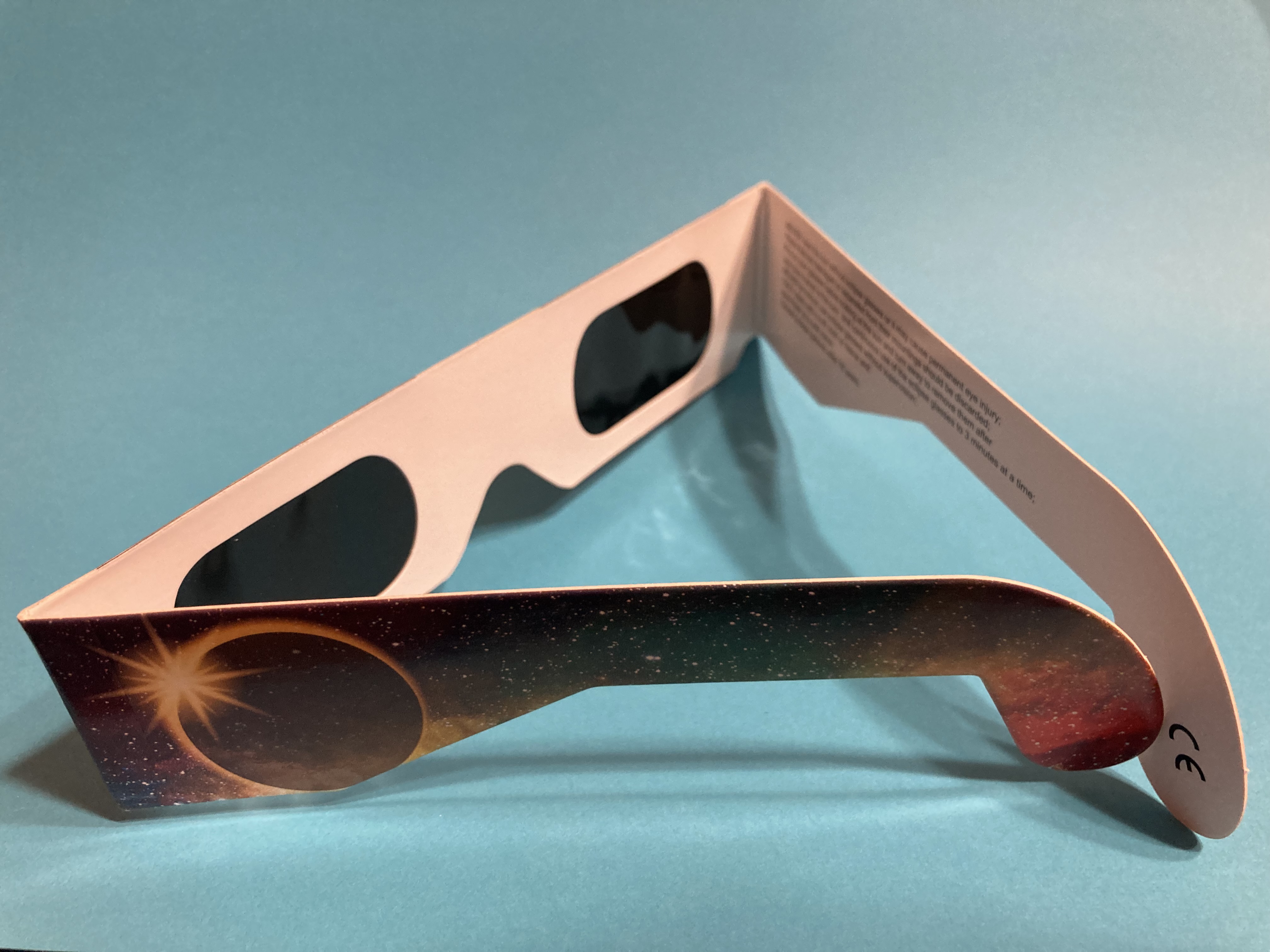Bloggers J. Scott Ebdon and Michelle DaCosta explain, “Compared to a rough surface (hard courts), a smooth surface like grass will have less friction. That means that after the tennis ball impacts a court surface, it will retain more of its inbound speed (velocity) than after impacting a court of low surface friction.”
Because grass surfaces are softer than other court surfaces, the tennis ball bounces lower therefore the pace of play is faster. Throughout the Wimbledon tournament, the grass wears down to foot traffic which makes the ball’s bounce and speed inconsistent. Learn more about grass courts including the types of turfgrass used by reading the entire blog: https://soilsmatter.wordpress.com/2021/07/01/why-use-grass-on-tennis-courts-grass-is-fast/
Follow SSSA on Facebook at https://www.facebook.com/SSSA.soils, Twitter at SSSA_Soils. SSSA has soils information on www.soils.org/discover-soils, for teachers at www.soils4teachers.org, and for students through 12th grade, www.soils4kids.org.
The Soil Science Society of America (SSSA) is a progressive international scientific society that fosters the transfer of knowledge and practices to sustain global soils. Based in Madison, WI, and founded in 1936, SSSA is the professional home for 6,000+ members and 1,000+ certified professionals dedicated to advancing the field of soil science. The Society provides information about soils in relation to crop production, environmental quality, ecosystem sustainability, bioremediation, waste management, recycling, and wise land use.


